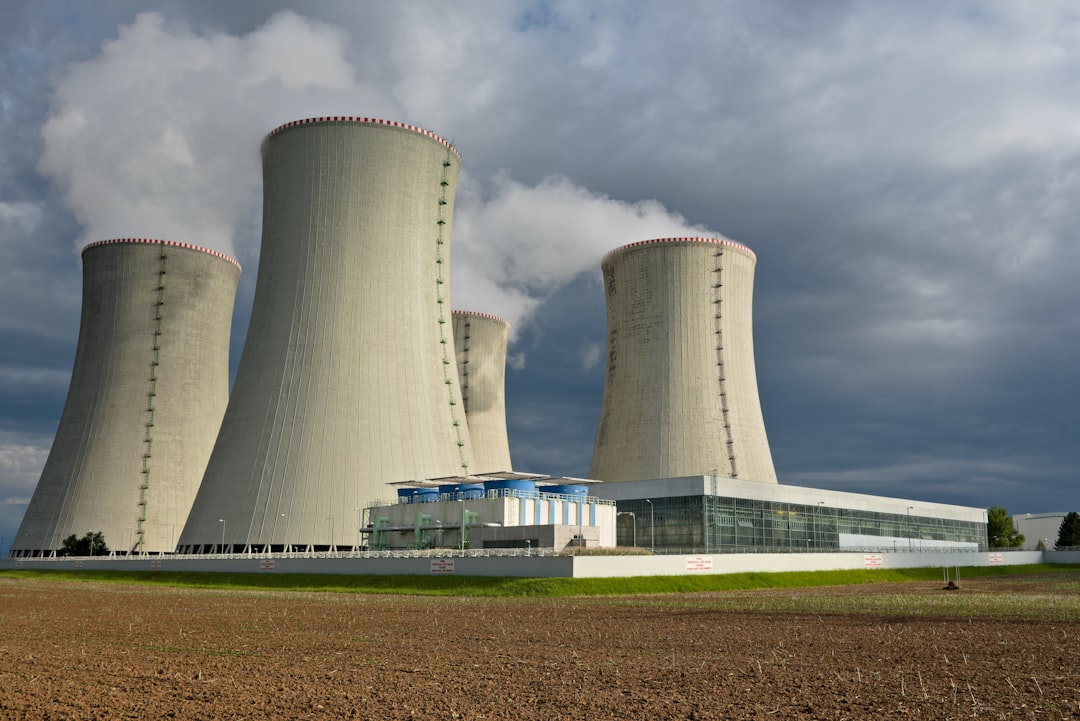What is it about?
Chili, being hygroscopic, requires a rapid drying method before being processed in pulverizers. The far-infrared radiation (FIR) roasting technique offers several advantages, including accelerated drying rates, reduction of mycotoxins, and improvement in the texture of agricultural products. Additionally, thin-layer modeling aids in understanding the drying behavior of agricultural produce. Hence, this research aimed to investigate the thin-layer drying characteristics and color changes of whole chili pods and their components (seeds, pedicel, and placenta) during FIR roasting of sun-dried chili. The samples were exposed to FIR in a single layer at different wavelengths: 7.76 ∼m (100 °C), 6.12 ∼m (200 °C), 5.056 ∼m (300 °C), and 4.30 ∼m (400 °C). The drying kinetics were analyzed using the Midilli model, and the color variations during FIR roasting were examined.
Featured Image

Photo by J. Schiemann on Unsplash
Why is it important?
FIR technology can effectively roast chili pods and their components in a short period. Furthermore, FIR application for roasting purposes leads to desirable color variations. The Midilli model successfully describes the drying kinetics of chili pods and their components during FIR roasting.
Read the Original
This page is a summary of: Application of far‐infrared radiation for sun‐dried chili pepper (
Capsicum annum
L.): drying characteristics and color during roasting, Journal of the Science of Food and Agriculture, January 2022, Wiley,
DOI: 10.1002/jsfa.11726.
You can read the full text:
Contributors
The following have contributed to this page










